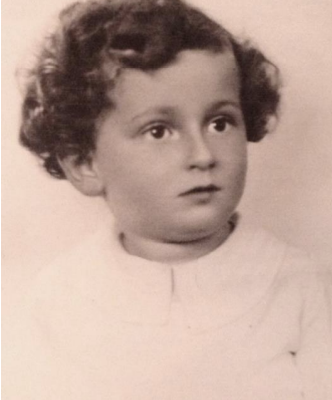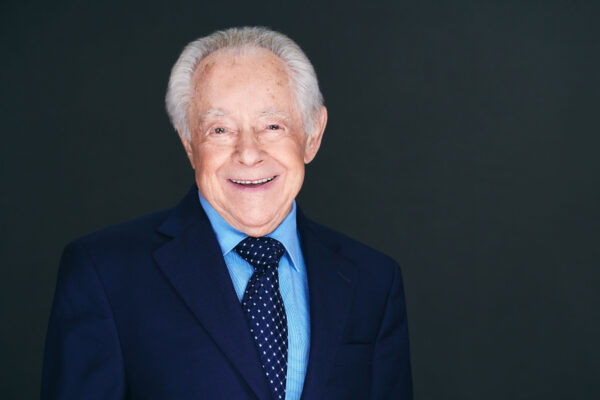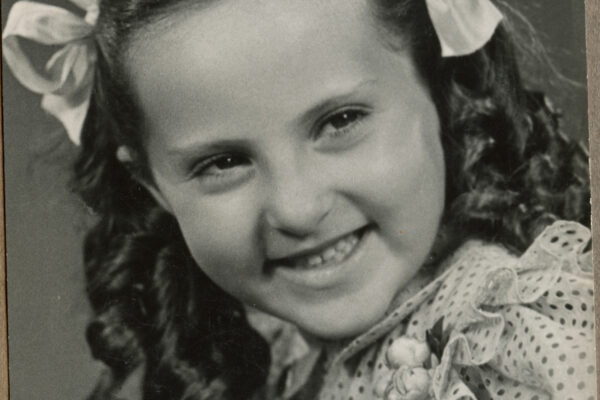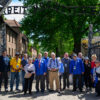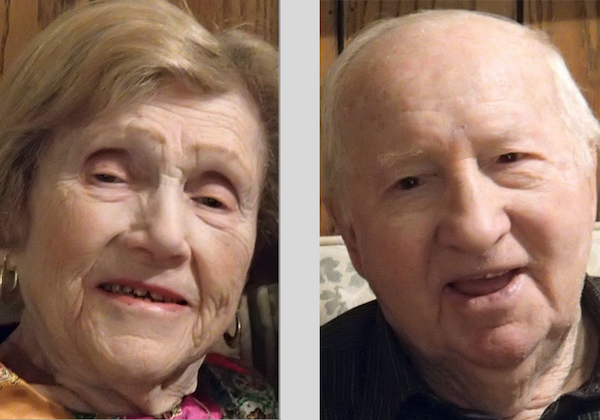
Sam and Frieda grew up in the same city in Poland, but they met walking down the same street at a displaced persons camp in Germany in 1946.
“I noticed her right away,” Sam Weinreich said, looking at Frieda as if he was seeing her for the first time. “I said, ‘I like what I see. I’m going to marry that beautiful girl.'”
“Uh, huh,” said Frieda, sitting beside Sam in their East Memphis home and looking at him as if she’d heard it all a million times before.
The Weinreichs, who are both in their 90s, are the oldest Holocaust survivors living in Memphis, though both of them are younger than fellow survivor Israel Kristal.
Last week, Kristal, who lives in Israel, was declared the oldest man in the world at age 112.
Kristal grew up in Lodz, Poland, same as the Weinreichs. Kristal’s father owned a candy store; Sam’s family owned several stores, but he doesn’t remember meeting Kristal.
“It was a big city,” Sam said.
Not big enough to withstand the Nazi invasion of Poland in September 1939, the same month Kristal turned 35 and Sam 20.
Like Israel, Sam and Frieda and their families lost their stores and all of their possessions and were moved into the Lodz ghetto, along with tens of thousands of other Jews.
Like Israel, Sam and Frieda were later moved to Nazi concentration camps, and were the only members of their families to survive the ghettos and death camps.
Like Israel, they are doing better than many of the world’s 500,000 living Holocaust survivors.
The U.S. State Department estimates that one in four survivors in America, and a third across the world, are living in poverty. Even more are one major expense from the edge.
“Most are on fixed incomes and now are outliving their money,” said John Pregulman, a photographer and founder of Kavod, a new, Memphis-based nonprofit that is raising money to help survivors make ends meet.
“It’s heartbreaking, especially when you think about the suffering these people endured early in their lives.”
Pregulman, who grew up in Chattanooga, is a third- and fourth-generation Jew whose ancestors left Europe years before the Nazis gained power.
A few years ago, a friend at the Illinois Holocaust Museum asked him to take photographs of some survivors. The favor turned into a mission.
“I just fell in love with them,” said Pregulman, who has photographed more than 250 survivors in eight cities, including Memphis.
“They are the most positive, happy people I’ve ever met. They just don’t want to be forgotten. And they don’t want us to forget how quickly and easily all we have can be taken away.”
The Weinreichs are happy to support Kavod — which means “dignity” in Hebrew.
But they are even more grateful for Pregulman’s photographs. They are giving them to their children, grandchildren and great-grandchildren, as well as local Jewish organizations.
“We remember how one evil man can destroy everything,” Sam said. “It’s our obligation to tell people what happened for as long as we can.”
The Weinreichs never thought it would be this long.
They met and were married in a displaced persons camp in Landsberg, Germany.
Landsberg is where Adolf Hitler wrote Mein Kampf there while he was imprisoned in 1924.
During World War II, it became a Nazi concentration camp. Tony Bennett, the singer, was one of the G. I. s who liberated the camp in 1945.
Bennett should have stuck around. He could have sung with the Weinreichs at their wedding.
“For five-and-a-half years, we didn’t live. We existed. It was time to live again,” Sam said.
They also said memorial prayers for their parents.
“Nobody had parents,” Frieda said.
The Weinreichs moved to America in 1949. Sam was a furniture finisher before the war, so immigration officials sent him to Memphis to find work. They found a life and a new family.
Sam and Frieda will celebrate their 70th wedding anniversary in September.
“I already told her that she has to drive me to my 100th birthday party,” Sam said looking over at his wife. “You better stick around, you have a job to do.”
“Uh, huh,” Frieda said.
Originally published HERE.
